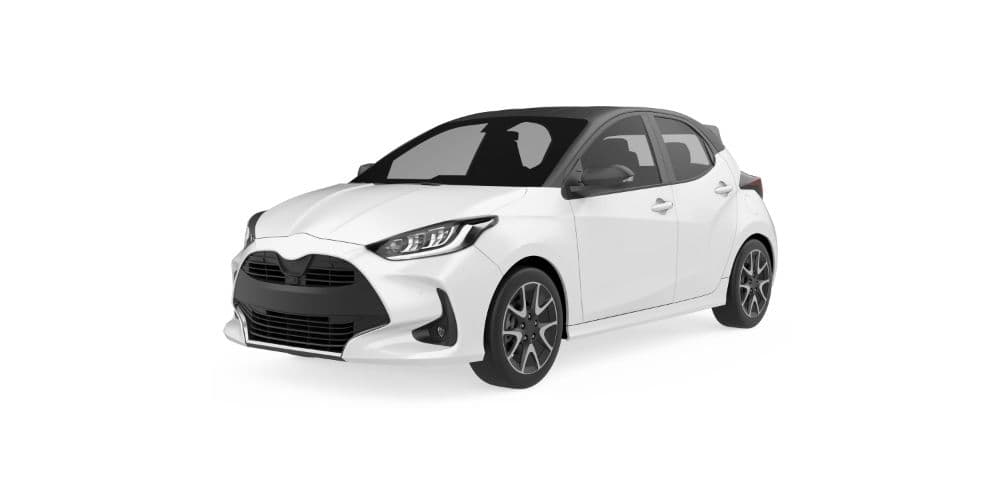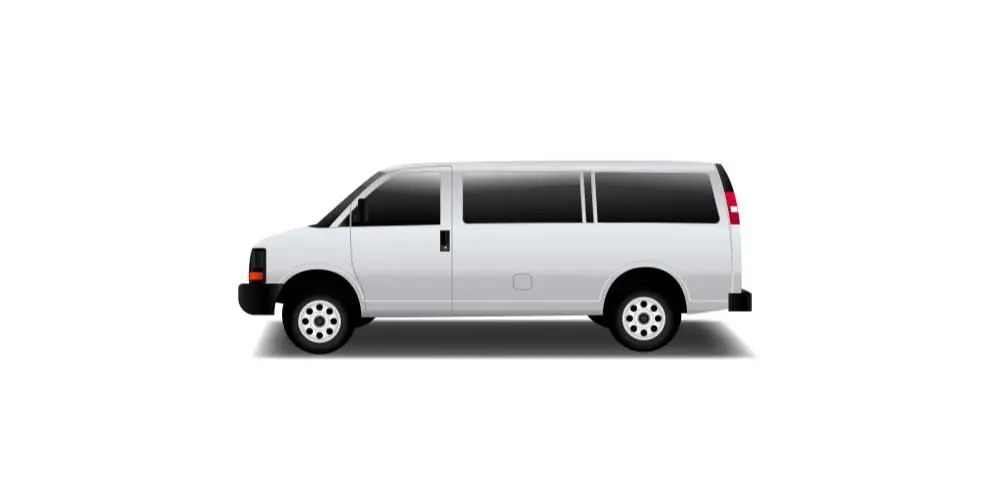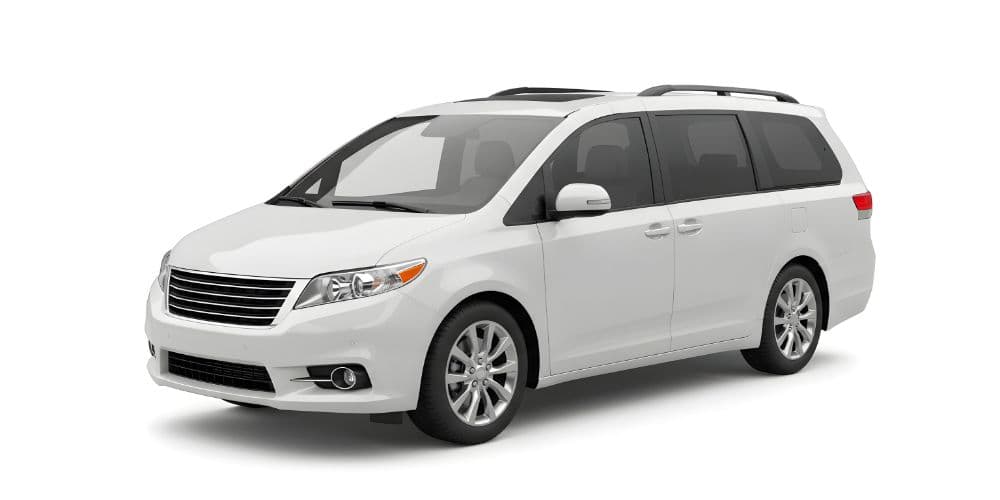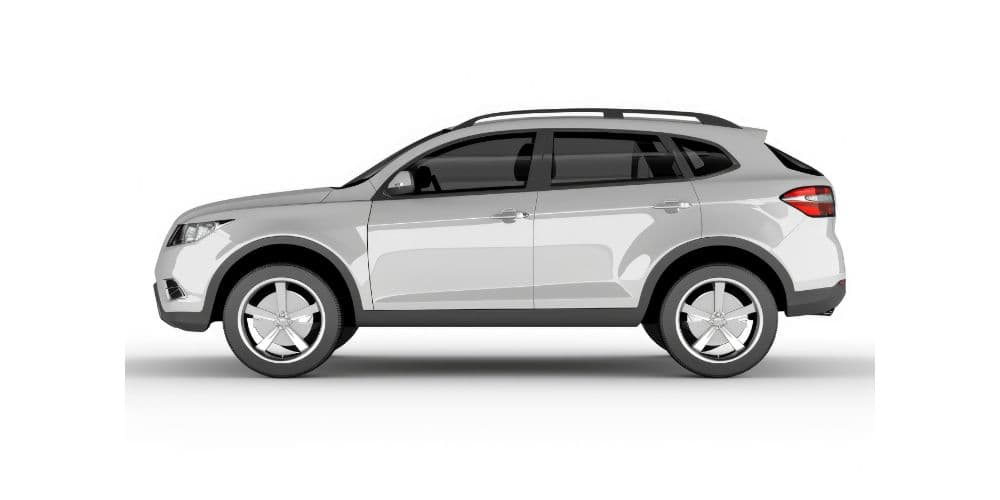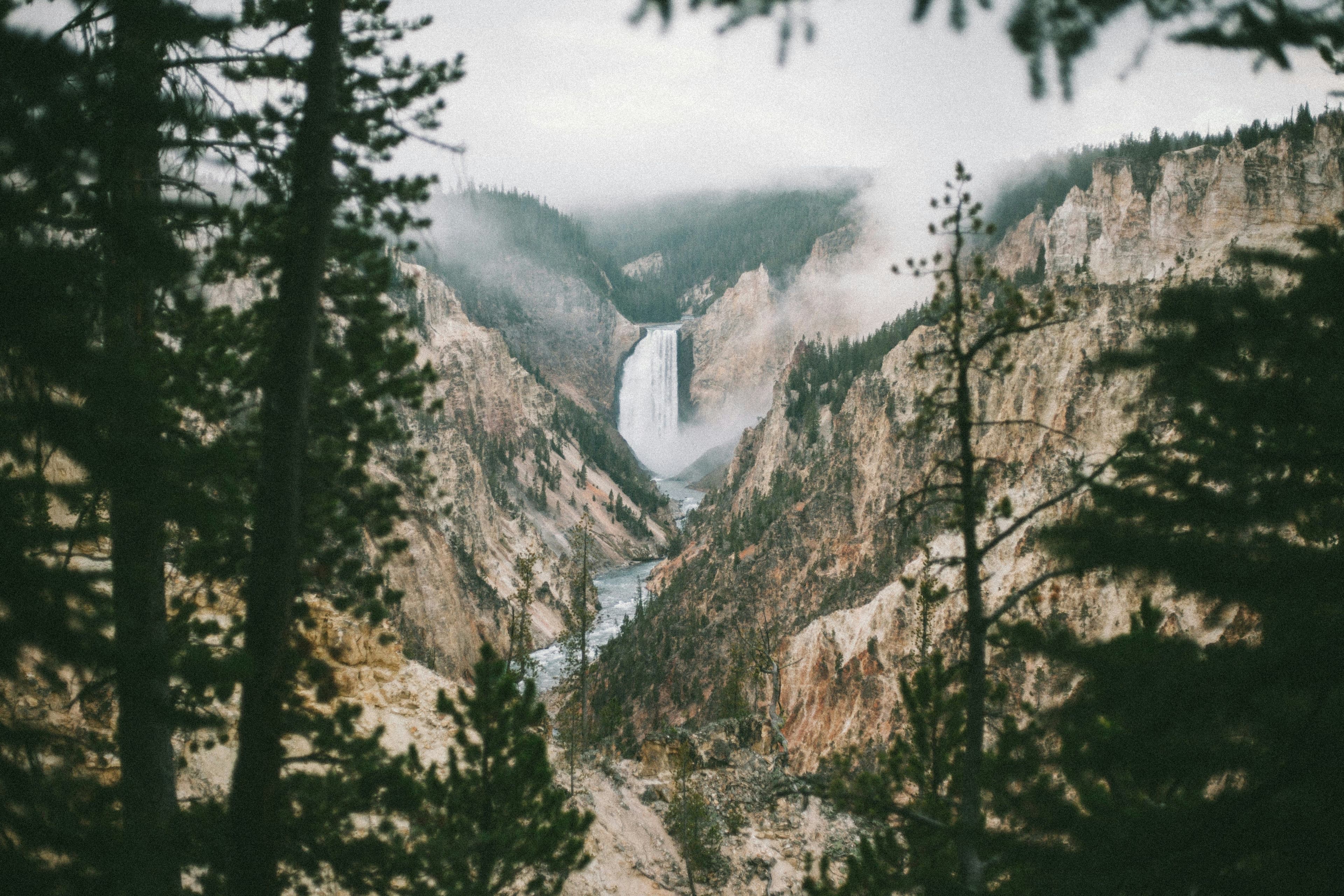
National Park Fly-Drive Access Index: Best Airports & Drive Times to Top Parks
Planning a National Park trip by air? You’re in the right place. This Fly-Drive Index helps you quickly find which major airport to fly into for each park, and how long the drive will be. Some parks are very fly-and-drive friendly, while others require a serious road trip after you land. Below you’ll find a scannable table of 25+ popular U.S. national parks with their closest major airports, approximate drive distances and times, plus notes for renters. We’ll also cover tips on when a fly-drive itinerary makes sense and how to choose the right rental vehicle for your adventure.
Distances and times are estimates and can change with traffic, weather or route. Always check current road conditions and park advisories before your trip. (For official info, see the NPS “Directions” page for your park for example, Yellowstone’s page notes multiple nearby airports.)
How to Use This National Park Fly-Drive Index
Using the index is simple:
- Find your park in the table (organized by region).
- See the recommended gateway airport(s) we list one or two major airports that are most convenient. Airport codes are included for quick reference.
- Note the drive distance and time from the airport to the park. This gives you an idea of how far you’ll be behind the wheel after you land.
- Read the Renters’ Note for any special tips e.g. if the drive involves mountain roads, seasonal closures, or if a larger vehicle (SUV/van) might be beneficial.
Using this info, you can plan your flight into the best airport and schedule an appropriate rental car or van pickup right there. In many cases, renting a vehicle is essential some parks have little to no public transport from the airport, so you’ll want your own wheels to reach trailheads and vistas. Let’s dive into the index!
Western US Parks Airports & Drive Times
The Western United States has many of the most famous national parks. We’ve subdivided this list by sub-region (California, Southwest, and Rockies/Pacific Northwest) to make scanning easier.
California Parks (and Nevada)
These parks are in California (or on the CA/NV border). California’s big cities have major airports with lots of flight options often you’ll fly into LAX (Los Angeles) or SFO (San Francisco) and then drive a few hours. Some parks also have smaller regional airports closer by.
California Parks
Yosemite National Park (CA)
Closest major airport(s)
- Fresno Yosemite International (FAT) ~95 miles, ~1.5–2 hours
- Secondary: San Francisco International (SFO) ~170 miles, ~4 hours
Drive distance / time
Mountain highways with curves and elevation changes.
Renters’ note
Summer: consider using the YARTS shuttle from Fresno if you’d rather not drive inside the park.
Winter: tire chains may be required during snow, and an AWD vehicle is strongly recommended.
Joshua Tree National Park (CA)
Closest major airport(s)
- Palm Springs International (PSP) ~40 miles, ~1 hour
- Secondary: Los Angeles International (LAX) ~140 miles, ~2.5 hours
Drive distance / time
Mostly straightforward highways and desert roads.
Renters’ note
A regular sedan is usually fine. From LAX, expect heavy traffic leaving the city. For groups or camping gear, an SUV or minivan is a smart choice.
Death Valley National Park (CA/NV)
Closest major airport(s)
- Harry Reid International, Las Vegas (LAS) ~120 miles, ~2 hours
Drive distance / time
Long, straight desert highways with very limited services.
Renters’ note
Fuel up in towns like Pahrump or Beatty; gas is scarce inside the park. Any standard car can handle the paved routes, but summer heat is extreme make sure the vehicle’s AC works well and carry extra water.
Sequoia & Kings Canyon National Parks (CA)
Closest major airport(s)
- Fresno Yosemite International (FAT) ~75 miles, ~1.5 hours to the Sequoia entrance
- Secondary: Los Angeles International (LAX) ~200 miles, ~4.5 hours
Drive distance / time
Steep, winding mountain roads leading into high elevations.
Renters’ note
A mid-size SUV can be helpful for the climbs, but any well-maintained vehicle can work in good weather. In winter, some park roads close and chains may be required check conditions before you travel.
Redwood National & State Parks (CA)
Closest major airport(s)
- Regional: Eureka/Arcata (ACV) ~30 miles, ~40 minutes
- Major: San Francisco International (SFO) ~320 miles, ~5–6 hours
Drive distance / time
Remote coastal and forest roads, often narrow and winding.
Renters’ note
Flying into Arcata cuts the drive dramatically. Smaller vehicles are easier to maneuver among the giant trees, but a van works well for groups. Expect slower speeds through the redwood groves.
Southwest Parks (Arizona, Utah, Texas)
The Southwest often involves longer drives from airports, but the scenery on the way is part of the experience. Las Vegas, Phoenix, and sometimes Salt Lake City are common flight hubs, with a few smaller regional airports closer to specific parks.
Grand Canyon National Park South Rim (AZ)
Closest major airport(s)
- Phoenix Sky Harbor (PHX) ~230 miles, ~3.5–4 hours
- Secondary: Harry Reid International, Las Vegas (LAS) ~270 miles, ~4.5 hours
- Small regional: Flagstaff (FLG) ~1.5 hours
Drive distance / time
A substantial but straightforward drive on highways and high-desert roads.
Renters’ note
Try to arrive early enough to drive in daylight. A standard car is fine most of the year; in winter, higher elevations can get snow, so AWD is a good idea.
Zion National Park (UT)
Closest major airport(s)
- Harry Reid International, Las Vegas (LAS) ~170 miles, ~2.5 hours
- Secondary: Salt Lake City International (SLC) ~300 miles, ~4.5 hours
Drive distance / time
Easy half-day drive from Las Vegas on the interstate and main highways.
Renters’ note
A rental car is the most flexible way to reach Springdale and explore beyond the park shuttle routes. In hot months, make sure you have strong AC. Parking in Springdale is limited arrive early in the day.
Bryce Canyon National Park (UT)
Closest major airport(s)
- Salt Lake City International (SLC) ~250 miles, ~4 hours
- Secondary: Las Vegas (LAS) ~270 miles, ~4+ hours
Drive distance / time
Remote and scenic routes with fewer services near the park.
Renters’ note
Fuel up before the final stretch. Many visitors combine Zion and Bryce in one loop; Las Vegas works well if you’re doing multiple Utah parks. Passenger vans are popular with larger groups.
Arches National Park (UT)
Closest major airport(s)
- Salt Lake City International (SLC) ~230 miles, ~3.5–4 hours
- Secondary: Grand Junction Regional (GJT) ~110 miles, ~2 hours
- Local: Canyonlands Field (CNY, near Moab) ~11 miles, ~15–20 minutes
Drive distance / time
High-desert highways with long stretches between towns.
Renters’ note
SLC has more flight options; Grand Junction and Moab’s small airport cut driving time. For longer drives from SLC or Denver, an SUV adds comfort and extra space for gear and side trips to Canyonlands.
Big Bend National Park (TX)
Closest major airport(s)
- El Paso International (ELP) ~300 miles, ~4.5 hours
- Midland International (MAF) ~230 miles, ~4 hours
Drive distance / time
Very long, remote drives with few towns and amenities.
Renters’ note
Big Bend is truly remote. Stock up on fuel, food, and water before leaving El Paso or Midland. A sturdy vehicle is recommended; many side roads are rough, though main roads to major sights are paved.
Rocky Mountains & Pacific Northwest Parks
Denver and Salt Lake City are the main hubs for the Rockies. Several parks also have regional airports nearby that can save many hours of driving.
Rocky Mountain National Park (CO)
Closest major airport(s)
- Denver International (DEN) ~80 miles, ~1.5 hours
Drive distance / time
Quick, mostly highway route from Denver to Estes Park.
Renters’ note
You can land in Denver and be in the park the same afternoon. For groups, a van rental can be cheaper than booking multiple shuttles. In winter, mountain roads can be icy most Denver rentals have all-season M+S tires, but check your vehicle and drive carefully.
Yellowstone National Park (WY/MT)
Closest major airport(s)
- Bozeman Yellowstone International (BZN) ~90 miles, ~1.5 hours to the North Entrance
- Secondary: Salt Lake City International (SLC) ~325 miles, ~5 hours
- Jackson Hole (JAC) ~1 hour to the South Entrance
Drive distance / time
Multiple entrances spread across three states; drives between sights inside the park are long.
Renters’ note
Bozeman is popular for the north and west sides; Jackson works well if you’re combining Yellowstone with Grand Teton. From SLC or Denver, plan a full day of driving to reach the park. A comfortable, roomy vehicle is ideal expect hours behind the wheel inside the park, and there is no public transit system.
Grand Teton National Park (WY)
Closest major airport(s)
- Jackson Hole (JAC) at the park boundary, effectively 0 miles
- Secondary: Idaho Falls Regional (IDA) ~90 miles, ~2 hours
Drive distance / time
Shortest access of any major park if you fly directly into JAC.
Renters’ note
You can step off the plane and pick up a rental car with mountain views in front of you. Car availability at JAC can be tight in peak season reserve early. In winter, an AWD vehicle is recommended for snow.
Glacier National Park (MT)
Closest major airport(s)
- Glacier Park International, Kalispell (FCA) ~30 miles, ~40 minutes
- Secondary: Spokane International (GEG) ~280 miles, ~4.5 hours
Drive distance / time
Short hop from FCA; full-day scenic drive from Spokane.
Renters’ note
Flying into FCA saves many hours. Glacier has vehicle size limits on Going-to-the-Sun Road, so oversized RVs and some large vans can’t use it. A standard SUV is a great compromise for space and maneuverability.
Crater Lake National Park (OR)
Closest major airport(s)
- Rogue Valley International, Medford (MFR) ~80 miles, ~2 hours
- Secondary: Portland International (PDX) ~250 miles, ~4+ hours
Drive distance / time
Mountain drives with significant elevation gain.
Renters’ note
Medford is the most convenient choice. From Portland, consider breaking the drive into two days. You’ll climb to about 7,000 feet; make sure your vehicle’s brakes are in good condition. In winter, many roads close check seasonal access before booking flights.
Olympic National Park (WA)
Closest major airport(s) Seattle-Tacoma Airport Car & Van Rental
- Seattle–Tacoma International (SEA) ~110 miles, ~2.5 hours (via ferry or around Puget Sound)
Drive distance / time
Reaching the park involves either a car ferry or a longer drive around the water.
Renters’ note
A rental car is essential the park is huge and spread across mountains, rainforest, and coastline. A midsize SUV or larger is ideal if you’re packing camping gear. If taking a ferry with your car, arrive early; summer lines can be long.
Eastern & Southern Parks
These parks are often closer to major cities and work well for long-weekend fly-drive trips.
Great Smoky Mountains National Park (TN/NC)
Closest major airport(s)
- McGhee Tyson Airport, Knoxville (TYS) ~40 miles, ~1 hour
- Secondary: Hartsfield–Jackson Atlanta International (ATL) ~200 miles, ~3.5–4 hours
Drive distance / time
Good highways lead to Gatlinburg and other gateway towns; park roads are paved but curvy.
Renters’ note
Knoxville is the most convenient, but Atlanta offers more flight choices. An SUV or minivan is ideal for families and luggage. Having your own car lets you easily explore both the Tennessee and North Carolina sides.
Shenandoah National Park (VA)
Closest major airport(s)
- Washington Dulles International (IAD) ~90 miles, ~1.5 hours
- Secondary: Richmond International (RIC) ~120 miles, ~2 hours
Drive distance / time
Easy half-day drive from the Washington, D.C. area.
Renters’ note
From Dulles, the quickest route is to the northern entrance at Front Royal. Skyline Drive is a 105-mile scenic road with many overlooks; even a small car works fine, just expect hills and slower speeds. In peak fall foliage, build in extra time for traffic.
Acadia National Park (ME)
Closest major airport(s)
- Bangor International (BGR) ~50 miles, ~1–1.5 hours
- Secondary: Boston Logan (BOS) ~280 miles, ~4.5–5 hours
Drive distance / time
Direct, mostly highway routes to Bar Harbor and Mount Desert Island.
Renters’ note
Bangor is the ideal gateway. Flying into Boston can save on airfare but adds a longer drive. Reserve your rental car early in summer, when demand is high. A standard car is fine; vans are great for groups catching sunrise at Cadillac Mountain.
Everglades National Park (FL)
Closest major airport(s)
- Miami International (MIA) ~45–50 miles, ~1 hour
- Secondary: Fort Lauderdale–Hollywood (FLL) ~70 miles, ~1.5 hours
Drive distance / time
Flat, straightforward South Florida highways.
Renters’ note
Both airports are close enough for an easy same-day park visit. Any car works on the roads. A personal vehicle is very helpful for reaching airboat tours and visitor centers. Pack insect repellent in the car and consider adding nearby Big Cypress National Preserve to your route.
Cuyahoga Valley National Park (OH) Honorable Mention
Closest major airport(s)
- Cleveland Hopkins International (CLE) ~25 miles, ~30 minutes
Drive distance / time
Very short hop from the airport or downtown Cleveland.
Renters’ note
This park sits between Cleveland and Akron, making it perfect for a quick fly-drive weekend. Even a compact car is enough to explore the scenic roads, trailheads, and historic sites in the valley.
(Other Eastern parks like Congaree in SC or Mammoth Cave in KY are also within an hour or two of airports, making them easy fly-drive targets. Conversely, some very remote parks e.g. Isle Royale in MI or Dry Tortugas in FL can’t be driven to at all; they require ferries or flights, beyond the scope of this index.)
When a Fly-Drive Trip Makes the Most Sense
Flying to a gateway city and then renting a car to reach a national park is ideal in several scenarios:
- Limited Vacation Time: If you only have a long weekend or a week off, flying can save days of transit. For example, rather than driving 10+ hours from Los Angeles to Yellowstone, you could fly to Bozeman and be at the park by afternoon.
- Overseas or Distant Travelers: International visitors (or anyone far from the park) will obviously need to fly first. A fly-drive allows them to access parks that would be impractical to reach solely by car. (e.g., a traveler from Europe can fly into Las Vegas and reach Zion the same day).
- Parks with Good Airport Access: Some parks are particularly close to major airports making the fly-drive a no-brainer. For instance, Rocky Mountain NP is just a 1.5-hour drive from DEN, Everglades about an hour from MIA, and Acadia 1 hour from Bangor. In these cases, you can land, grab your rental, and be exploring the park in no time.
- One-Way Road Trips: Fly-drive is great for open-jaw itineraries. Fly into one city and out of another, with a one-way car rental in between. Example: fly into Salt Lake City, road trip through Utah’s Mighty 5 parks, fly out of Las Vegas. This maximizes sights and minimizes backtracking.
- Avoiding Monotonous Drives: Let’s face it not every mile of highway is scenic. If the route to the park is a multi-day trudge, you might prefer to skip it. Flying over the boring stretches (and then driving the fun last segment) strikes a nice balance. For example, many skip a long Midwest drive by flying into Jackson Hole for Grand Teton/Yellowstone, sparing themselves 1,000 miles of plains driving.
In short, fly-drive trips make the most sense when they save you time or enhance your experience more than they cost. Always weigh the flight cost and hassle vs. the joy of a classic road trip. Sometimes a long drive is the point of a trip but if your goal is purely to enjoy the park, a strategic flight can give you more time on the trails.
Tips for Renting a Vehicle for Your National Park Trip
Once you’ve decided to fly and drive, keep these tips in mind to make your rental experience (and park journey) smooth:
- Choose the Right Vehicle Class: Think about the terrain and your group size. For solo or couple trips to places like Shenandoah or Cuyahoga, a compact car works great (better fuel economy and easier on narrow park roads). For a family or group heading to Yellowstone or Yosemite, consider a SUV or minivan for extra space. If you have 5+ people, compare renting a 12-passenger or 15-passenger van it might be cheaper than multiple cars and keeps everyone together (vans are cost-multipliers for group trips). On rough roads, higher clearance is nice, but for most national parks a standard 2WD car is sufficient unless you plan off-roading.
- Pack/Plan for Luggage: When flying, you’ll likely have suitcases ensure your rental has room. An SUV or pickup truck might be smart if you have camping gear (tents, coolers, etc.). If you’re renting a sedan, pack soft duffel bags that can squish in the trunk more easily than hard suitcases.
- Know Seasonal Road Conditions: Check if the park requires anything special. For example, many mountain parks (Rocky Mountain, Yosemite, Glacier) have roads that close in winter a 1-hour summer drive could become a 5-hour winter detour. Yellowstone in winter has almost no road access except via guided snow coaches. If visiting in shoulder season (spring/fall), verify which roads are open so you fly into the optimal airport. If you’re going in winter and renting in a northern city (Denver, Salt Lake, etc.), ask if the vehicle has all-season or winter tires. Carry tire chains if required (some parks like Yosemite may require chains in winter, even on rental cars though rental contracts often prohibit them, safety comes first).
- Fuel Up & Stock Up Before Heading In: Once you pick up the car, think ahead. It’s often cheapest and easiest to stock up on groceries, water, and fill the gas tank in the larger city before driving to the park. For instance, fill up in Miami before entering Everglades, or in Fresno before heading up to Sequoia. Inside parks or in tiny gateway towns, gas stations can be limited and expensive.
- Leverage Local Knowledge: Don’t hesitate to ask the rental desk or locals for advice. They might tip you off to the best route to avoid traffic, or a viewpoint to stop at on the way. For example, rental staff in Las Vegas might suggest the best time to depart for Zion to beat weekend traffic out of the city. As another example, some airport rental locations (like Denver) even provide pamphlets on scenic drives in the area. It never hurts to mention your plans you might get a free upgrade if the agent is excited about your Yellowstone trip!
- Reserve in Advance for Peak Seasons: National park destinations can see rental car shortages in summer (and prices spike). The closer your airport is to a park, the more you should book ahead. Jackson Hole, Bozeman, Kalispell these smaller airports have limited rentals, so secure one early. Even at big hubs like SFO or DEN, summer demand is high. Book early, and you’ll likely pay later at pickup (most major rental sites allow booking without pre-payment).
- Plan Your Rental Timing Wisely: Try to align your flight and rental pickup to avoid wasting time. If possible, arrive by midday so you can drive to the park in daylight (safer and more scenic). Check the rental center’s hours, especially at smaller airports that might not have 24-hour service. And plan for some buffer on return e.g., after a week in the mountains, give yourself enough drive time on the return day to make your flight (or consider returning the car the night before if you have an early flight).
Finally, remember that flexibility is key. Flights can be delayed and weather can change plans. Build a little cushion into your itinerary. With a bit of planning, flying and then driving opens up a world of far-flung national parks for you to enjoy combining the speed of air travel with the freedom of the open road. Happy trails and safe travels!
Our Most Popular Vehicles
